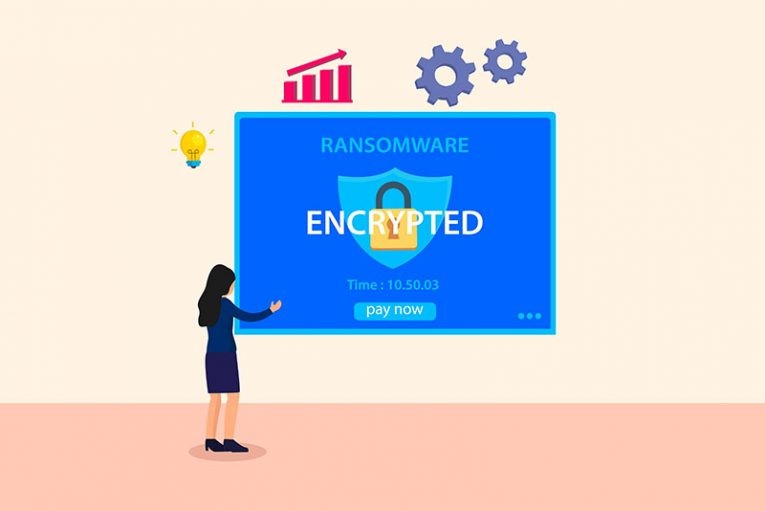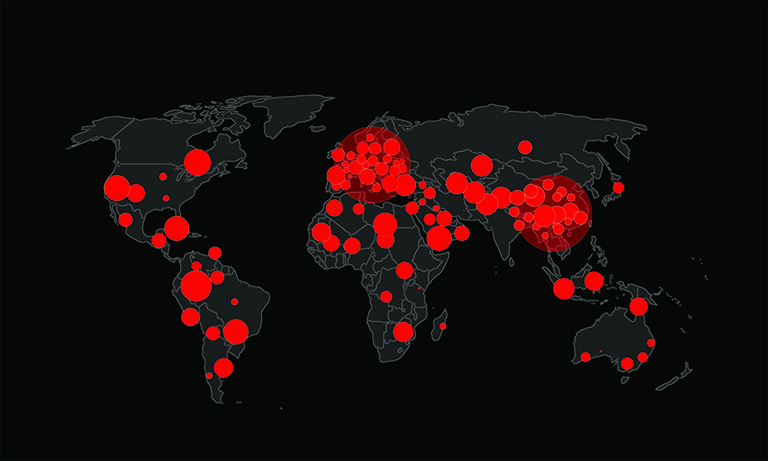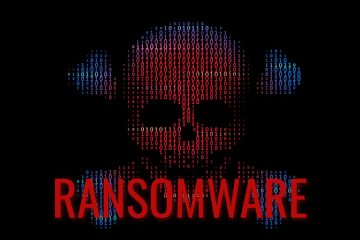What is Cryptowall Ransomware?

CryptoWall Ransomware is within a family of malware that have gained notoriety for their aggressiveness when compared to other similar threats. With such, CryptoWall Ransomware is considered a Trojan horse malware threat with a massive payload that encrypts several files on an infected computer and then demands a ransom fee for supposedly offering a decryption method for those same files.
The technique of CryptoWall Ransomware is rather common among ransomware threats, but computer users should beware of CryptoWall’s many faces in that it has evolved over the years to bring newer variations. Such variations, like CryptoWall 3.0 or CryptoWall 4.0 Ransomware, are designed to attack different locations around the world where no computer is safe from such an attack.
How is CryptoWall Spread?
CryptoWall Ransomware is commonly spread through spam and phishing emails, hacked websites, and even malicious advertisement links. Such methods of spreading may offer computer users what appears to be a harmless file, attachment, or download, which then turns out to be a malicious payload that launches and cannot be stopped unless CryptoWall is completely removed.
Upon infection, CryptoWall may run strong RSA-2048 or AES-256 encryption algorithms to encrypt files. Such an encryption cannot be defeated or deciphered, unfortunately. However, computer users may stop the file encryption process by simply removing CryptoWall from their system.
How to remove CryptoWall Ransomware
The removal process for CryptoWall cannot be done manually or without the assistance of an updated and trusted antimalware tool. Such a tool is required to find and safely remove CryptoWall and any of its associated files. While removal of CryptoWall is done automatically using an antimalware program, the files that CryptoWall has encrypted may remain encrypted. In such cases, computer users will want to utilize a recent backup of their system to restore those files after removal of CryptoWall has taken place.








